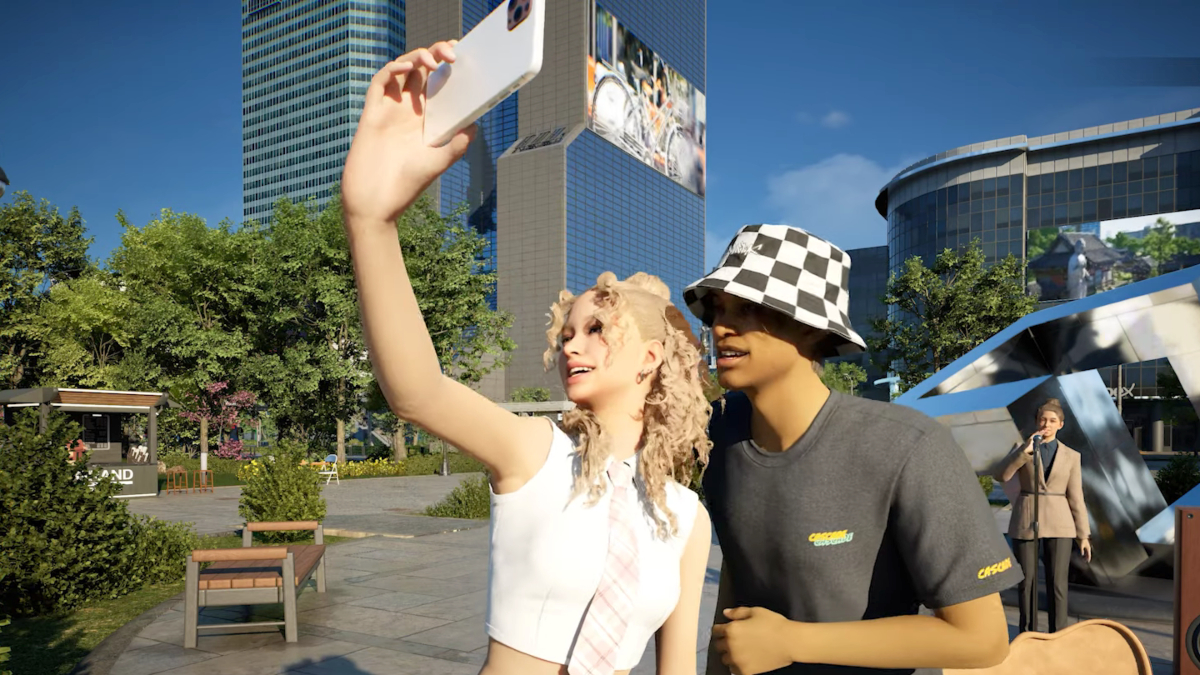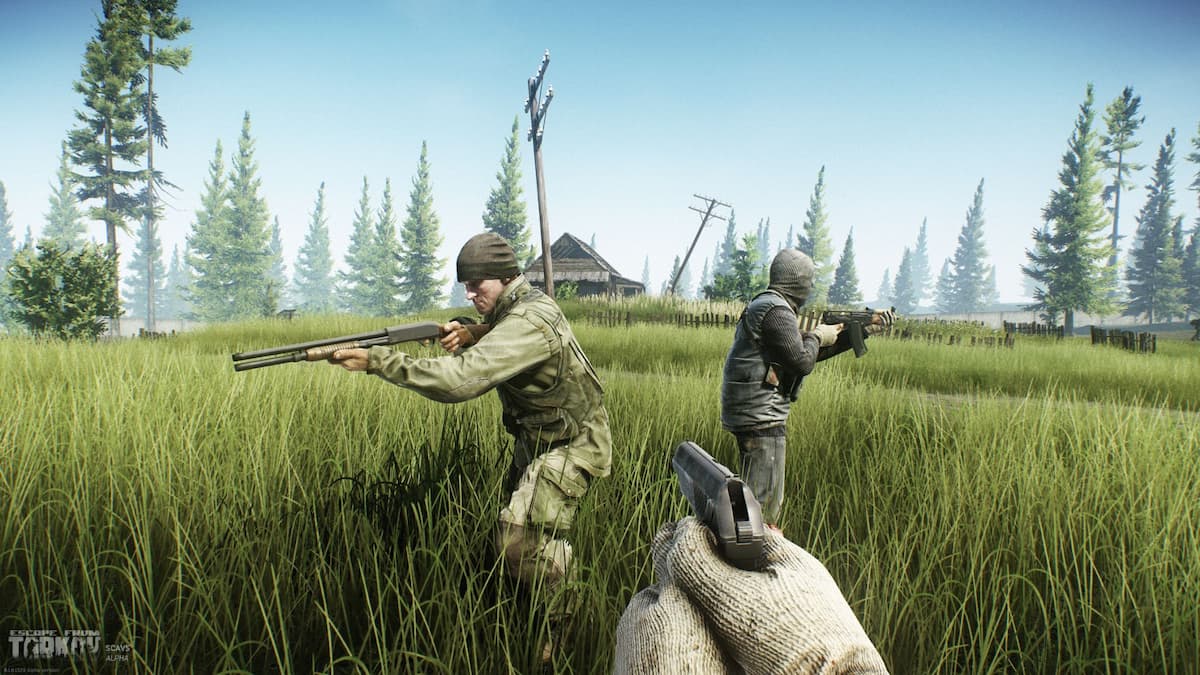The phrase “fans of the series will love it” is one that decent writers tend to try to steer away from. Saying “people who already like this thing will probably like this very similar thing” is pretty much redundant, after all. However, there are times when it’s absolutely unavoidable and when you’re talking about a new Warriors game from Koei Tecmo, it’s all but a requirement. Further helping this along is the fact that Samurai Warriors: Spirit of Sanada is the 48th title of this style to be released by the Japanese publisher in the last 20 years, and the 11th in the Samurai Warriors series. So, it’s not like those outside of the fandom haven’t had a chance to give the gameplay style a try.
This time around, the gameplay that occurs outside of the battles themselves might be something that entices new players in to the fold, though. Instead of opting for the stiffer and more straightforward menu system that many previous titles in the series have used, Spirit of Sanada is more of a well-rounded RPG. Players can roam around the game’s various castle towns, chatting to the residents and merchants in the area to try to find key information that will help them in their next battle, or even take a break from the human bloodshed by rolling up at the nearest stream and stopping to catch a few fish.
Levelling of weapons and stats is performed by visiting the blacksmith or the dojo respectively and there are a few simple side-quests to undertake, should you want to step away from the main story. It has its faults – there are far too many times when you’re told you should go and talk to a character that you’ve just ended a conversation with, for example – but even though the resulting gameplay feels more like an RPG-by-numbers than anything else, the effort is more than appreciated.
One thing that could cause issue for players one way or another, is the number of characters that you must manage and keep track of. In the early going, you’re controlling Masayuki Sanada, the patriarch of the Sanada clan. That’s fine, since you have one character to level and you can be sure that your efforts in getting those numbers up will be rewarded when battle time comes. Soon though, the cast of characters at your disposal increases and there’s very little indication as to which of the cast you’re going to be allowed to use on the battlefield, or if you’re ever going to see them in the story again.
There’s every chance that you’ll plow money and materials into improving a character’s weaponry, only to find that the next battle is the only one that he’s ever involved in. Characters die as part of the story of course, but some of the restrictions on who you can use and when you can use them sometimes feels arbitrary. Sasuke and Kunoichi take part in one skirmish and you can choose either of them as the lead character but in the next stage, you can only choose Kunoichi, even though Sasuke fights alongside you the entire time and Kunoichi doesn’t have any designated tasks that would require her to be the lead.

It should be pointed out that you can use any unlocked character to take on the optional side battles but if those aren’t your thing, you could end up wasting a lot of resources. Then again, resources aren’t exactly hard to find. A stack of areas outside of the castle towns and battlefields are dedicated entirely to exploration missions which see you roaming through unmapped – almost dungeon-like – territory, trying to locate items which can be used in the main game. Rewards are given for fulfilling specific tasks, such as collecting a set number of different materials or exploring the entire area, and is all done against the clock. Given the simplicity of these sections, it’s surprising how very addictive they are. Sometimes you don’t want to jump directly into another battle, so heading out on your horse to try and find enough delicious bee larvae to fill your quota is a nice alternative.
When you do decide to pick up your weapons and head out onto the battlefield, you’ll find that – unsurprisingly – if you’ve played a Musou game before, you’ll instantly feel at home. Drone enemies in their thousands wander around causing you very, very little damage and can be dispatched, dozens at a time, by even the least lethal attacks in your arsenal. Enemy officers put up more of a fight but on the standard difficulty level, you’ll find that you can essentially waltz through the entirety of the game without any effort at all.
Even boss characters can be often defeated by strolling up to them, entering “Rage” mode, then hitting them with a single musou attack. For this reason, even the least experienced players should consider cranking the difficulty level up from the outset, otherwise you’re looking at hammering the square and triangle buttons without ever having to even think of employing any sort of defense. As long as you follow the game’s prompts and defeat the right people as and when you’re told, success is all but guaranteed.

When you do elevate the challenge, the new “Strategems” feature becomes all-important. By talking to the right people in the free-roaming sections or completing specific feats during previous battles, you can unlock options which can be employed to swing the balance of the fight in your direction. At pre-determined points in the battle, you might choose to provide misinformation to the commander of the opposing force, or to hire a few ninjas to slow down the progress of an enemy captain. This can be the difference between winning and losing and is a decent inclusion that provides a little much-needed depth to a game that’s otherwise very, very similar to those that have come before.
In terms of aesthetics, the Japanese PlayStation 4 release of Spirit of Sanada in mid-2016 was also accompanied by Vita and PlayStation 3 versions. Sadly, it’s very easy to see that it was developed with a last-generation version in mind. Whilst there are some sharp visuals to be found in limited quantities, a fair amount of the game consists of muddy, simplistic textures, and relatively rough animations. Fortunately, the fact that you’re probably facing off against a few hundred enemies when you notice these flat spots lessens the impact somewhat.
Some slightly dated visuals can be excused in general anyway, given that the game has a quiet charm to it that will lead you to play for far longer than you ever thought that you would. The story of the Sanada clan is a winding and twisting one that can feel a little bit overly drawn-out. The game threatens to outstay its welcome quite a way before the main campaign’s 25 hours are over. It’s only ever a threat though, and you could well find that after the credits have rolled, you’ll happily run back in to clean up those last side battles or take on a few more exploration challenges.
Without a doubt, fans of the series will love it.
This review is based on the PlayStation 4 version, which we were provided with.






